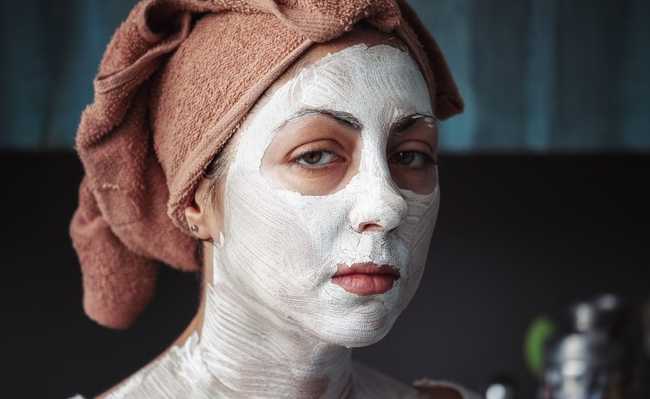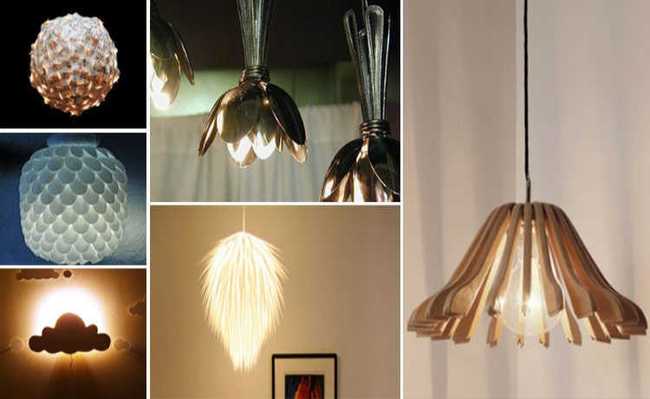Clay: what is it for and benefits
Clay can be found in different versions, being used for aesthetic and medicinal treatments.

Unsplash image of Velizar Ivanov
Clay is a sedimentary rock mineral composed of very fine grains of aluminum silicates, associated with oxides that give it different tones and properties. The various types of clay originate from a set of physical and chemical processes (very time-consuming) that modify the rocks and alter their physical form and chemical composition. It is through these changes that clay is formed.
With wide industrial application, clay is mainly used in the manufacture of ceramic coverings, tableware, domestic and decorative utensils, but its use has been expanding more and more for aesthetic and medicinal treatments, with new benefits of clay being discovered every day.
Clay is one of the oldest medicines known to mankind. The philosopher Aristotle already referred to clay as a resource that conserves and treats health. Hippocrates, a Greek physician considered the father of medicine, used and taught his disciples the medicinal use of clay. In ancient Egypt, in turn, clay was used in the mummification and preservation of manuscripts.
training process
The clay formation process basically takes place in two phases: rock disintegration and decomposition. Upon disintegration, the rock breaks up into cracks due to the action of agents such as water, temperature, pressure and wind, progressing to particles of smaller sizes, without changing its composition. In the decomposition, there is mineralogical modification of the rocks, mainly due to the water that causes oxidation, hydration, carbonation in the rocks and also due to the chemical effects resulting from the rotting of plants and animals. Clays are formed due to the decomposition of feldspar, which is a constituent mineral of igneous rocks. Normally, disintegration and decomposition work together, since the physical rupture of the rock allows the circulation of water and chemical agents.
Two types of clay are formed: the primary ones, which are clays created due to the decomposition of rocks and which remain in the place where they originated, and the secondary ones, which are those whose particles are carried by the wind or by the water current and deposited to the banks of rivers. These places are known as clay deposits.
As they are minerals, clays have very valuable components in their composition, which are responsible for their properties and their use for aesthetic and therapeutic purposes.
The clay manufacturing process for aesthetics and health must be developed in a clean and ventilated place and the equipment used must always be in good condition to avoid product contamination. First, the clay is collected from the deposit, stored and transported to a dryer in order to eliminate impurities that could influence its quality. After drying, the clay is ground and sieved to remove larger particles. The material is placed in a clean, ventilated container.
Clay Components and Benefits
To better understand the properties they possess, it is first important to know the components contained in clays. It is these substances that give clay so many benefits and that make the various types of clay excellent allies in aesthetic and health treatments. The main clay minerals that can be found in the chemical composition of clay are:
Aluminum
It acts against the lack of tone, has a healing action and inhibits the development of Staphylococcus aureus (Bacteria that can cause illnesses, ranging from simple infections such as pimples, boils and cellulitis, to serious infections such as pneumonia and meningitis).
Iron
It plays an important role in cellular respiration and electron transfer. On the skin, the lack of this element is manifested by a thin, dry and lack of elasticity epidermis.
Magnesium
It has the power to fix potassium and calcium ions and maintain the cellular gel, that is, it helps in the hydration and synthesis of collagen fibers. Learn more in the article "Magnesium: what is it for?".
Manganese
It has specific action on collagen biosynthesis, anti-infective, healing and anti-allergic.
Silicon
It has a fundamental role in the reconstitution of cutaneous tissues and in the defense of connective tissue. It has hemostatic action, purifying, astringent and remineralizing. On the skin, it provides hydration, acts against sagging skin and reduces inflammation.
Sodium and Potassium
They help maintain hydration and the ionic balance of skin cells.Types of clay
The quality, as well as the composition of the types of clay, depends a lot on the region where they are extracted. The concentration of minerals present in clay is responsible for defining its typology and making this material full of cosmetic properties.
There are several types of clay and each one is indicated for a specific purpose, so it is very important to know their composition before using them. Each type has a composition of different minerals and it is this composition of numerous components that gives clays different colors. You can find green clay, red clay, pink clay, white clay, black clay, purple clay, yellow clay, cream clay as well as brown clay - each has a specific purpose. Read more about each type in the specific articles about it:
- Green clay: what is it for and benefits
- Yellow clay: what is it for?
- Red clay: uses, properties and how to apply
- White clay: what is it for?
- Pink clay: great for sensitive skin
- Beige clay: learn about properties and benefits
Clay properties
It is the mineral salts present in its composition that provide the therapeutic properties of clay. Because they have chemical elements similar to those in the human body, such as calcium and iron, they have anti-inflammatory, healing and detoxifying properties and serve for many applications, bringing health benefits. Some of the properties of clays are:
Absorption
Clay is easily absorbed by the skin. It acquires plasticity when mixed with water, being easily molded. The paste obtained is effective in the treatment of inflammation, edema and swelling.
Release
It is easy to release active elements that are part of its constitution.adsorption
It consists of a physicochemical process by which clays allow molecules and microscopic particles from the environment to pass in order to slide into the skin; this process is very useful in fixing toxins present in the body for later elimination.
The concentration of certain minerals in clay gives it special qualities that make it widely used in beauty treatments to eliminate cellulite and localized fat, unclog pores, eliminate toxins and regulate sebum production, in addition to acting as a deodorant, anti-rheumatic and other effects medicinal. In aesthetics, it acts as a body tonic and helps in lymphatic drainage when applied in compresses. The clay in the hair acts as a oil reducer and is used to eliminate impurities.
As they are natural and pure products, clays do not degrade the environment. Due to its diverse properties, the use of clays can bring many benefits, not only aesthetic, but also in health. You can find 100% natural clays at eCycle store.









